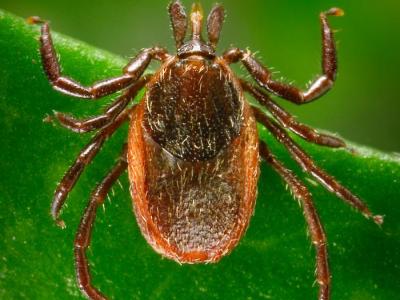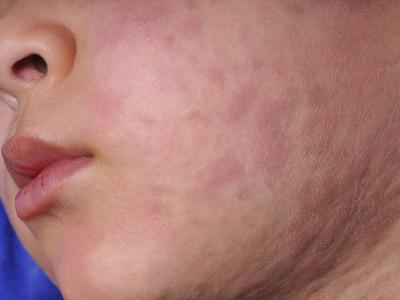New MERS case reported in Saudi Arabia
The Saudi Arabian Ministry of Health (MOH) reported a new case of MERS-CoV in Sakaka, a city in the northwestern corner of the country.
A 64-year-old Saudi man is in stable condition after presenting with symptoms of MERS-CoV (Middle East respiratory syndrome coronavirus) infection. His source of infection is listed as "primary," meaning it's unlikely he contracted the virus from another person.
Saudi Arabia's MERS-CoV case count since 2012 has now reached 1,753, including 709 deaths. Five patients are still being treated, according to the MOH.
Dec 4 MOH report
WHO to conduct full review of Dengvaxia
Yesterday the World Health Organization (WHO) announced it will be conducting a full review of Dengvaxia, the Sanofi Pasteur dengue vaccine, by the end of the year.
Last week, Sanofi said the vaccine should only be administered to people who had a previous dengue infection, because for dengue-naive recipients, the vaccine could cause more severe disease. The WHO reiterated this recommendation on Nov 30, according to a news story from Reuters.
Dengvaxia was a promising dengue vaccine more than 20 years and $1 billion in the making. Results from phase 3 trials, however, showed that the vaccine was related to more severe disease in patients, including children, who were immunized before acquiring a dengue infection.
The Manila Times is reporting that the Philippine's Food and Drug Administration ordered a recall of Dengvaxia yesterday. The Philippines was the first country to halt dengue immunizations after Sanofi's announcement last week. According to the Manila Times, the vaccine has been administered to more than 700,000 people in the Philippines in recent years.
Dec 4 Reuters story
Dec 4 Manila Times story
WHO: Plague contained in Madagascar
In an update yesterday, the WHO said that although the plague outbreak in Madagascar is now contained, sporadic cases can be expected throughout the plague season, and it noted dozens of newly reported cases.
From Nov 20 to Nov 27, 72 plague cases, including 1 confirmed, were reported. Six cases were labeled "probable" and 65 "suspect." Since Aug 1, a total of 2,417 confirmed, probable, and suspected cases of plague, including 209 deaths (case fatality rate 9%), have been reported in 57 of 114 (50%) districts in Madagascar. About 77% of cases have been classified as pneumonic plague.
The WHO said the number of plague cases has steadily declined since mid-October, but plague season can last until April in the country. The date of symptom onset for the most recently diagnosed case was Nov 19.
"While the number of new cases and hospitalizations are declining, evidence suggests that the epidemic phase of the acute urban pneumonic plague outbreak is ending," the WHO said.
Dec 4 WHO update
Angola reports 42 microcephaly cases but no Zika involvement
Angola is experiencing a "slow but gradually increasing" incidence of microcephaly, especially in the suburbs of Luanda, the country's capital, that might be tied to Zika virus infections, the WHO's African Region said in an update yesterday.
Officials first noted an uptick of cases in late September, when a cluster of seven instances of microcephaly—a condition in which infants' heads are abnormally small and they often have brain abnormalities—were reported. As of Nov 29, officials in the African nation have reported 42 cases, 39 in live births and 3 in stillbirths. All but 3 of the cases have been in Luanda province, notably in the southern part of the city.
All 15 blood specimens to date have tested negative for Zika by polymerase chain reaction (PCR). "Nonetheless, the negative test result does not necessarily rule out the possibility of Zika infection during pregnancy," the WHO report said.
The WHO also reported that two Zika cases were confirmed by PCR in Luanda province in January, one in an adult who had a febrile illness and the other in a stillborn with malformation of the central nervous system. No genotyping of the virus was performed to determine the strain. Officials have seen no evidence of ongoing active Zika transmission, the WHO said.
The country's health ministry has strengthened its Zika surveillance and will ramp up mosquito-control efforts, the report noted.
Dec 4 WHO African Region update











